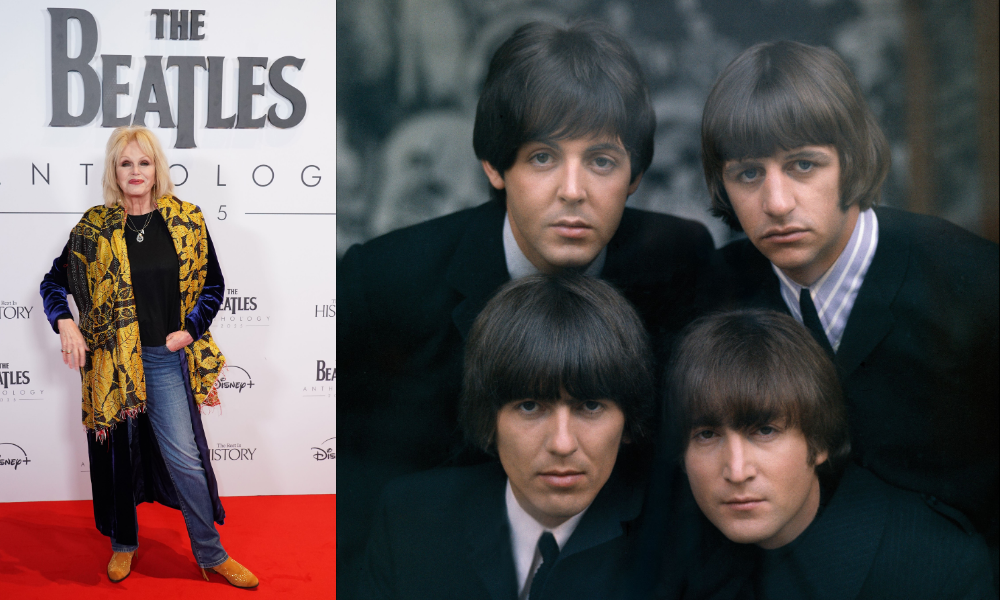
History
Walker Art Gallery unveils Carving Out Truths exhibition
1 year ago
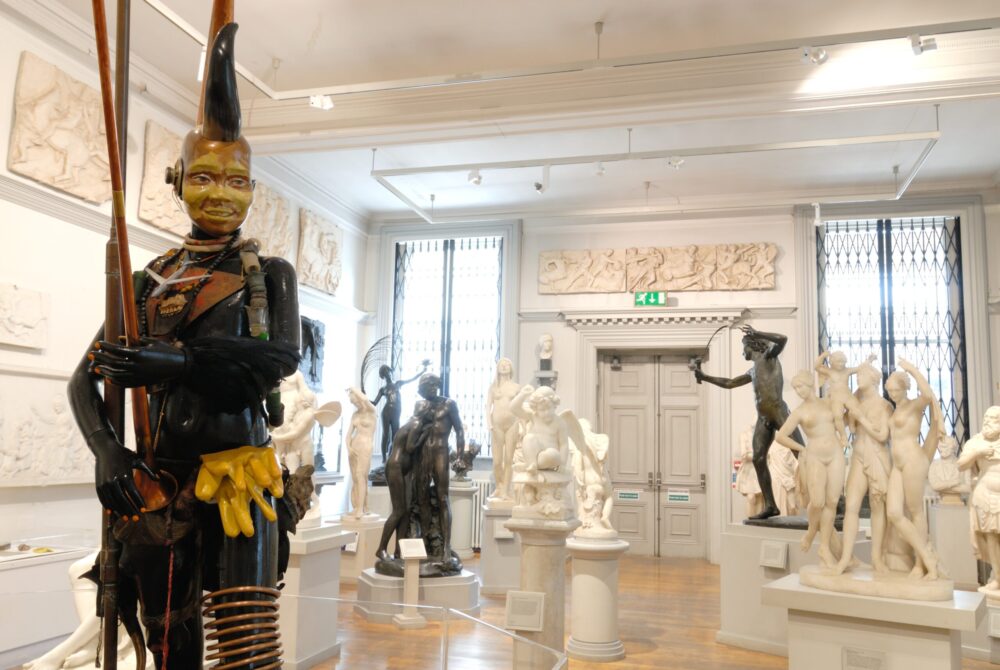
The Walker Art Gallery has worked closely with young people from Liverpool’s Black and Global Ethnic Majority communities to research and reinterpret its internationally renowned sculpture collection.
Carving Out Truths presents a number of ground-breaking interventions at The Walker Art Gallery, examining the origins of the collection and focusing on individuals and stories that have previously been excluded.
The Carving Out Truths display, open now, includes the artwork Lost Soul VI (2009) by the British and Caribbean artist Zak Ové (born 1966) from the International Slavery Museum’s collection. It is displayed in the centre of the sculpture gallery, temporarily replacing John Gibson’s (1790-1866) Tinted Venus (1862). The project has been supported by Art Fund through a Headley Fellowship and Art Friends Merseyside.
Liverpool’s sculpture collection has a long association with slavery, colonialism and empire. Its foundation is closely linked to the city’s institutions, and the merchants and bankers who financed them. Much of their wealth was made from slavery, its economies and the growth of the British Empire. Carving Out Truths confronts these histories in partnership with young people from the community and makes them more visible within the Walker’s historic spaces.
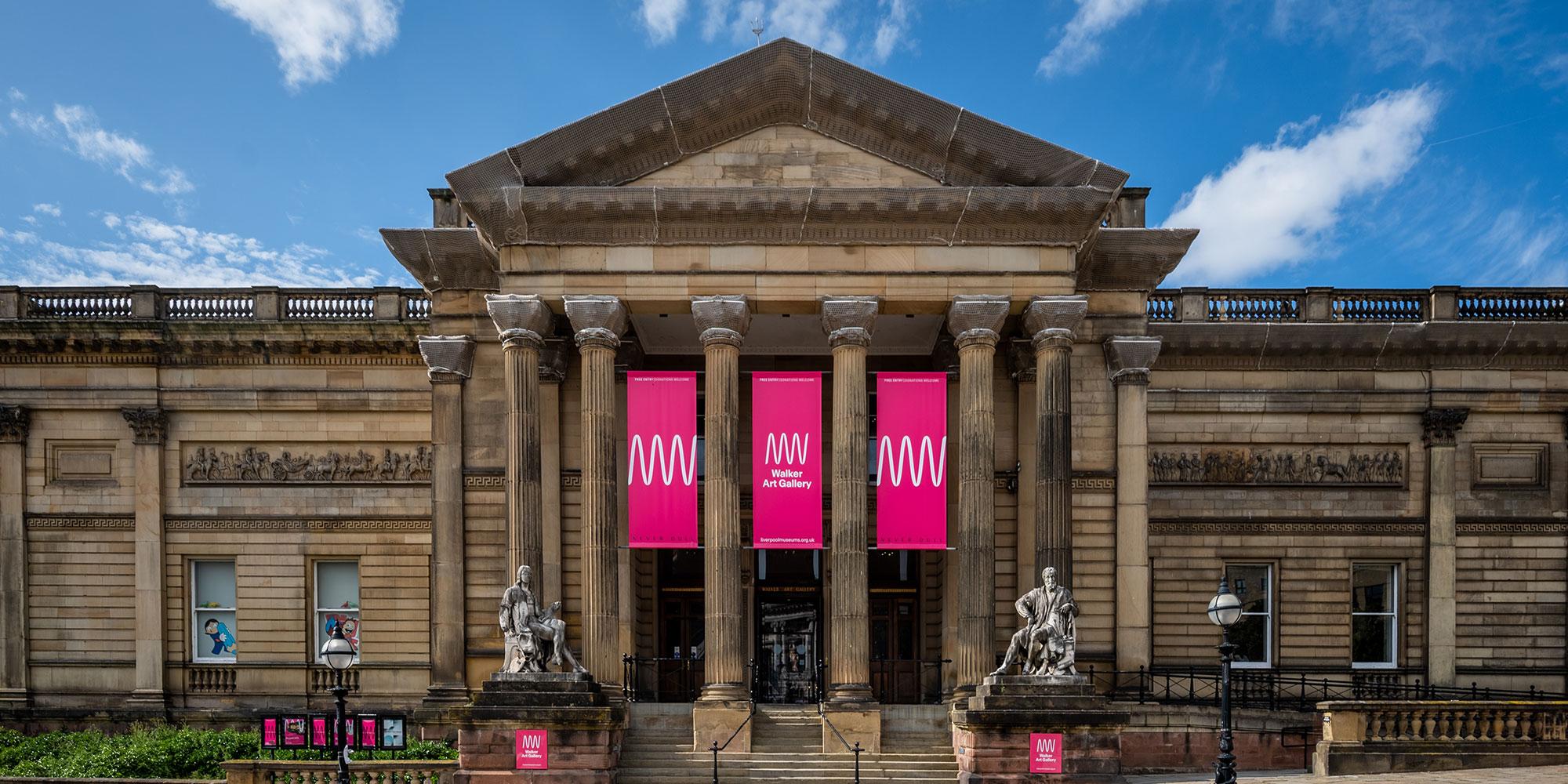
Alex Patterson, Project Curator at The Walker Art Gallery, said:
“This reinterpretation of the Walker’s sculpture collection marks a significant milestone in the Gallery’s history. The inclusion of these interventions represents the Walker’s commitment to addressing legacies of slavery, colonialism and empire.
“The young people involved in the project are at the very heart of this work. Their personal responses take on a holistic approach that aims to create an environment for learning, dialogue and recovery. I would like to thank everyone who supported the project for sharing their knowledge and experience with us. Their hard work and dedication towards racial equality is both empowering and inspirational.”
The intervention of Lost Soul IV by Zak Ové symbolises the continued pursuit of equality through acts of remembrance and resistance. It is one of a series of figures which accompanied the artist’s installation, Moko Jumbies, at the British Museum (2015). Moko Jumbies are traditional stilt walking ‘Mas’ (masquerade) characters, influenced by West and Central African practices. They represent guardians of villages who could foresee danger. Ové strongly believes in the power of self-emancipation through the culture of Carnival and Masquerade.
Artist Zak Ové said:
“The disruption of placing a black figure amidst the alabaster ‘whiteness’ of the other sculptures immediately creates a discourse and interest to question their correlation and placement. The black figure, just a child, in costume and at play, has an unforeseen power to displace the supremacy of these mature and revered figures. Figureheads which have continuously been part of an exclusive, racist colonial narrative not taught to us in history books.”
Another intervention includes a reading of the poem Kinky Hair Blues (1937) by Una Marson (1905-1965), which challenges the western concept of ideal beauty. Born in Jamaica, Marson was committed to advancing Black people’s rights. She became the editor of Jamaica’s first women’s magazine, The Cosmopolitan. In London, she worked for the League of Coloured Peoples (LCP) who campaigned for Black rights in Britain.
The young people’s personal reflections and perspectives are also displayed beside various sculptures in the Gallery. They feature flowers and plants associated with African culture and heritage. These inspiring interventions aim to draw attention to the presence of Black and Global Ethnic Majority people within spaces where they are rarely acknowledged.
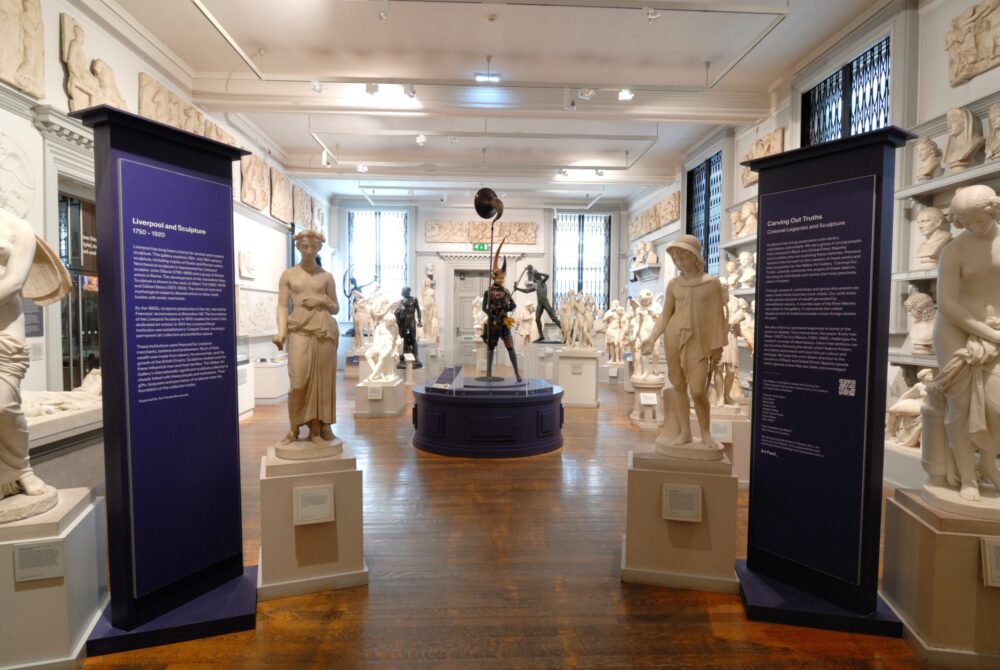
Karen Maina, Community Group Member, said:
“This project has given me a progressive outlook on Black women’s position in society today. My intervention draws attention to Phillis Wheatley, a Black Christian poet who was persecuted because of her gender and heritage. Nearly 300 years later, I, a Black Christian poet, have the platform to celebrate her life and work, and to voice these silenced histories through the Carving Out Truths project. This work reveals the depths and the richness of history which I was honoured to be part of.”
A soundscape of the River Mersey now plays in the Gallery. It represents the violent displacement of enslaved people across foreign bodies of water. Clarke Aspinall’s portrait by Giovanni Fontana (1821-1893) is displayed alongside a passage from the poem Zong!(2008) by M. NourbeSe Philip (born 1947). Aspinall’s great-grandfather, James Aspinall, was part of a group of Liverpool businessmen who financed the slaving voyage which led to the Zong Massacre in 1781.
The crew of the slave ship Zong made navigational errors during its voyage across the Atlantic. The crew claimed to have a lack of water supplies and threw 132 enslaved African people overboard, of which 54 were thought to be women and children. The merchants attempted to claim compensation for their loss of ‘cargo’, an insurance term which included enslaved people in its definition. The lives and identities of those who drowned remain unknown. The fragmented words of Philip’s poem attempt to resurface the lost and oppressed voices.
The Walker’s sculpture collection is the one of the most significant gatherings of 19th and early 20th British sculpture outside of London. The sculpture gallery displays major examples of ancient and modern sculpture. It includes copies of Greek and Roman works, 19th century Neoclassical sculpture, and New Sculpture by leading artists in the early 20th century.




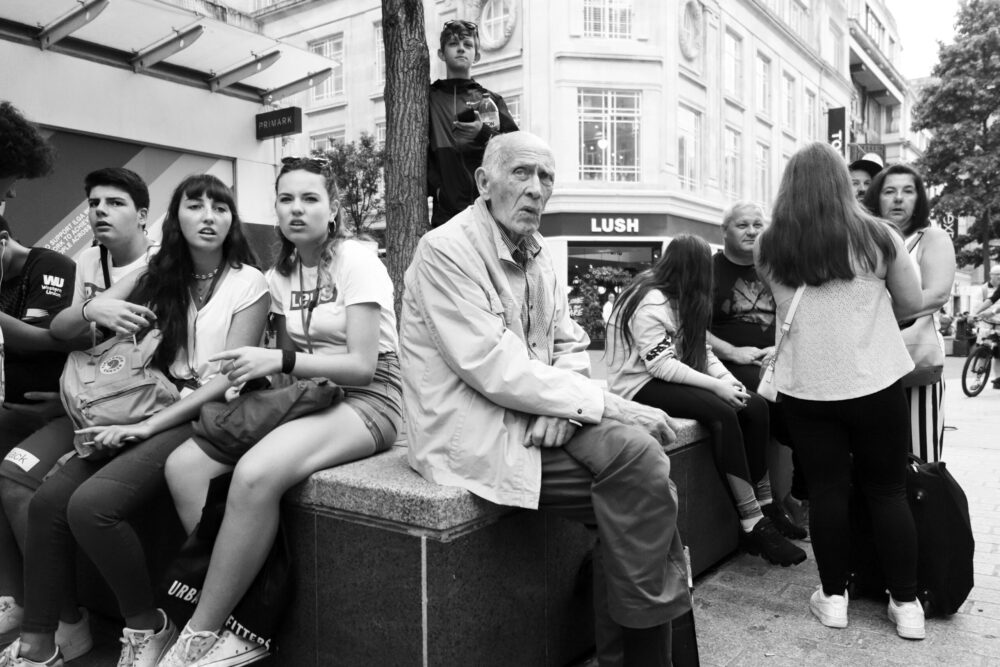
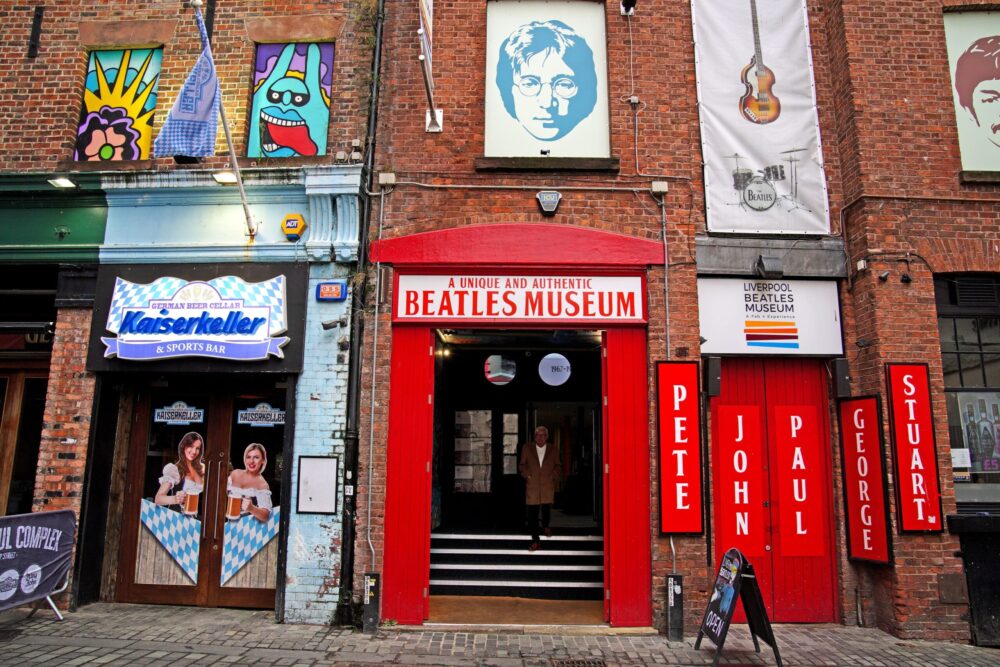

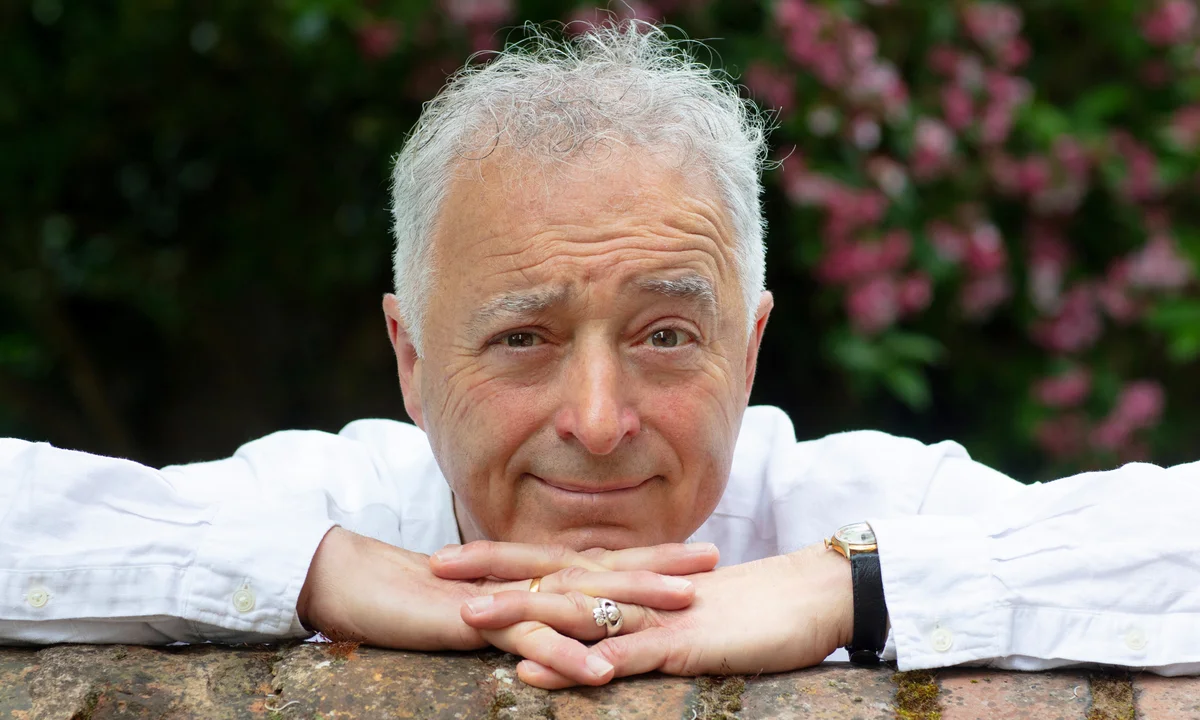
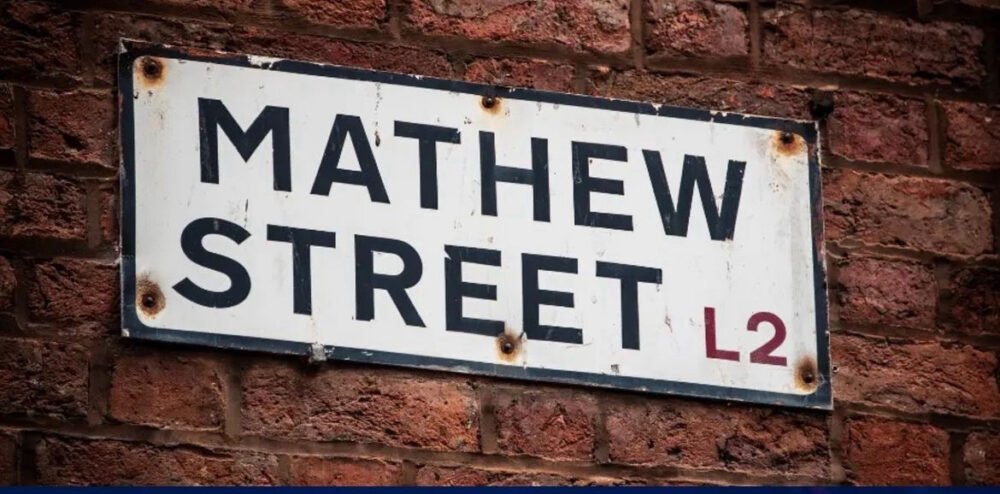
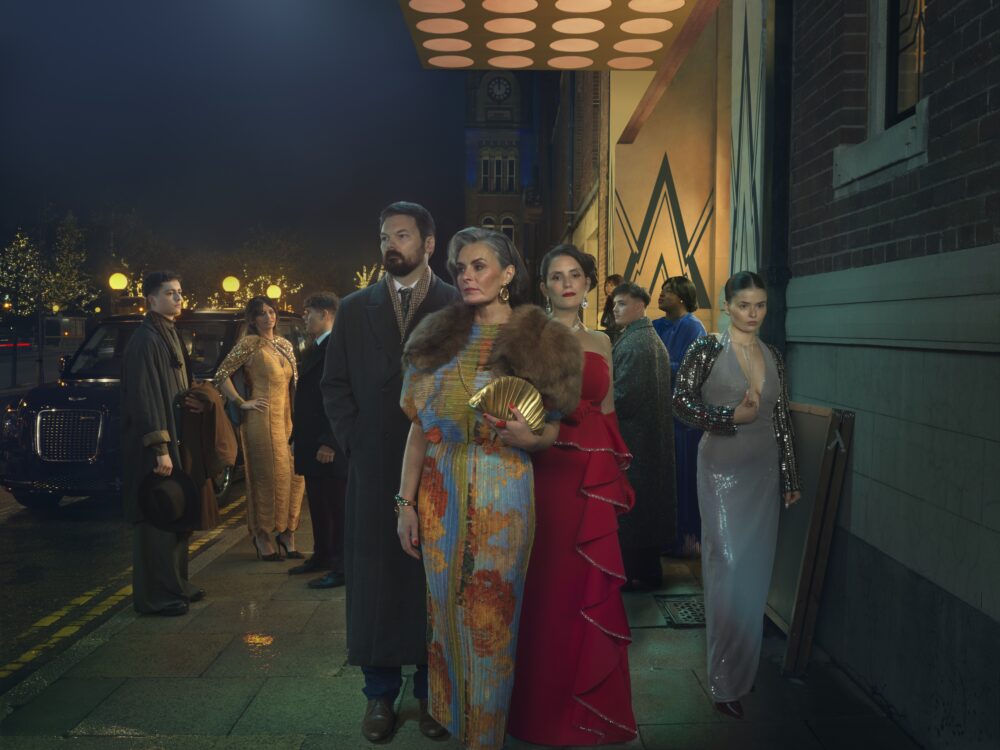
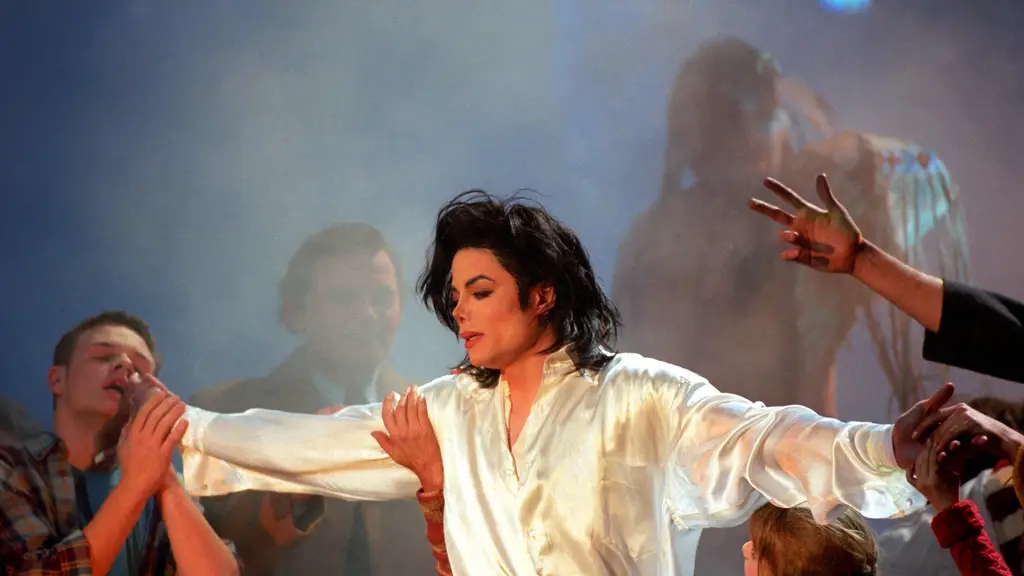
 Subscribe
Subscribe Follow Us
Follow Us Follow Us
Follow Us Follow Us
Follow Us Follow Us
Follow Us











